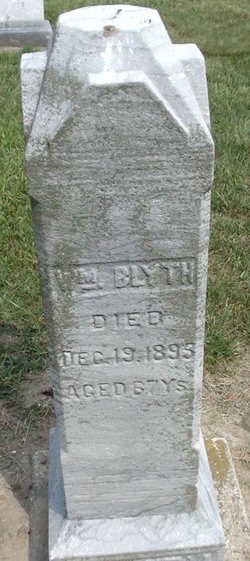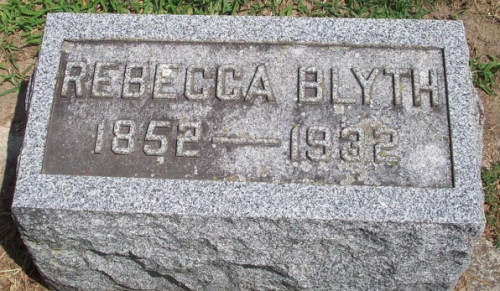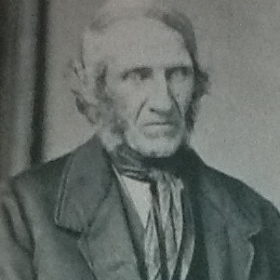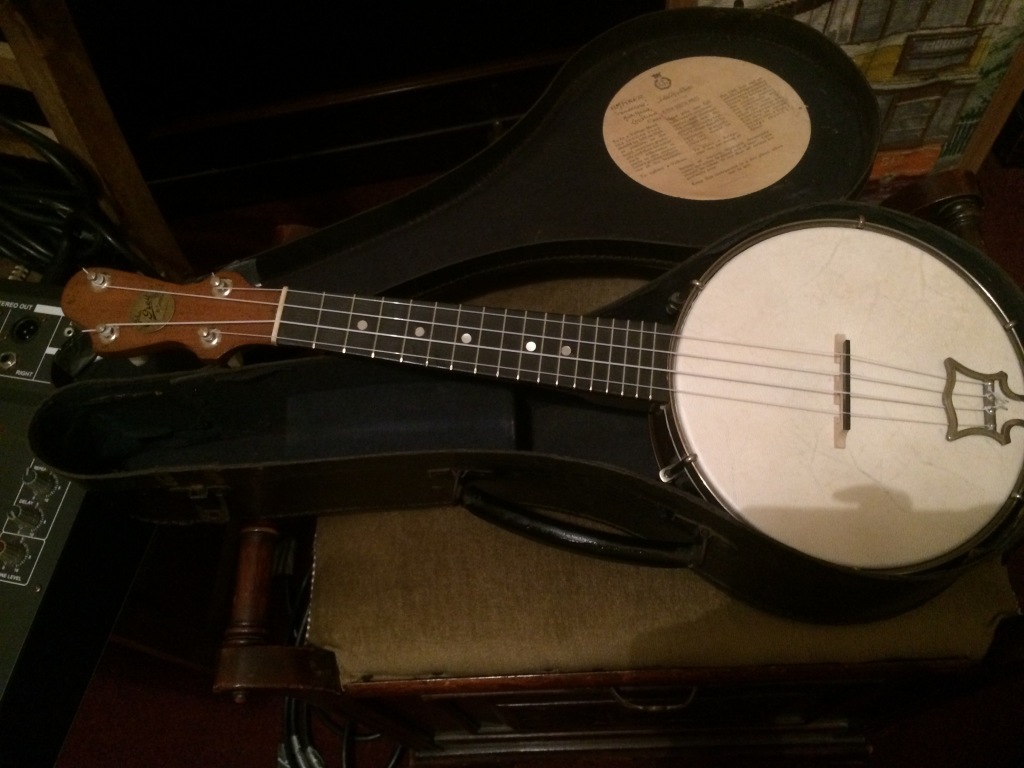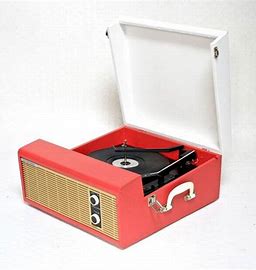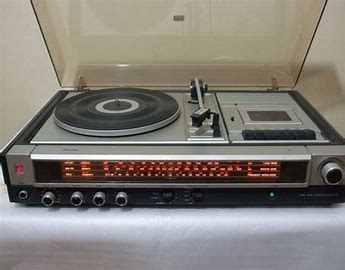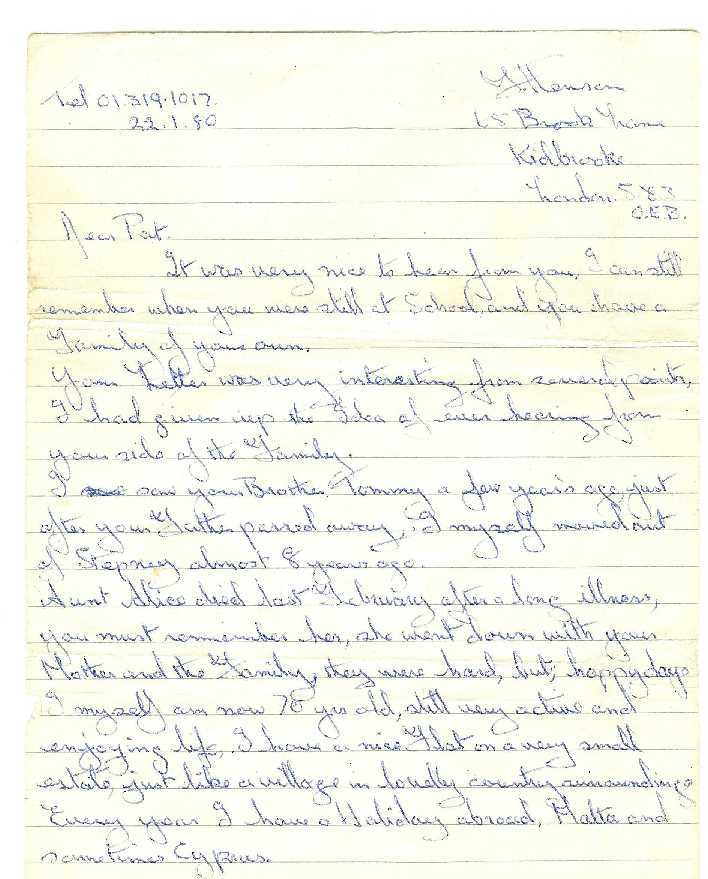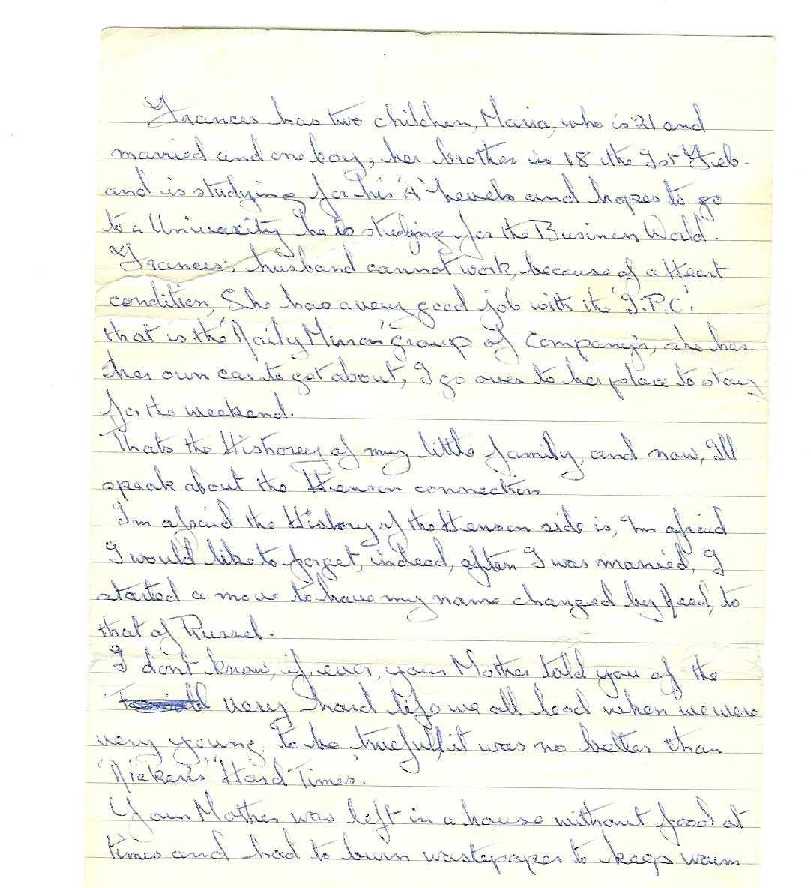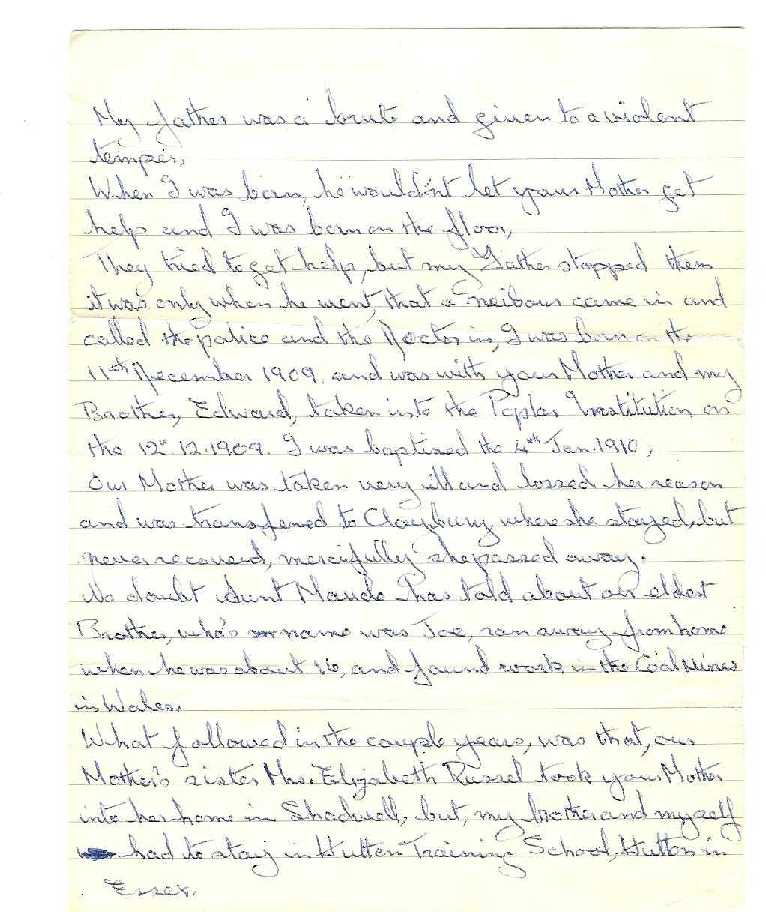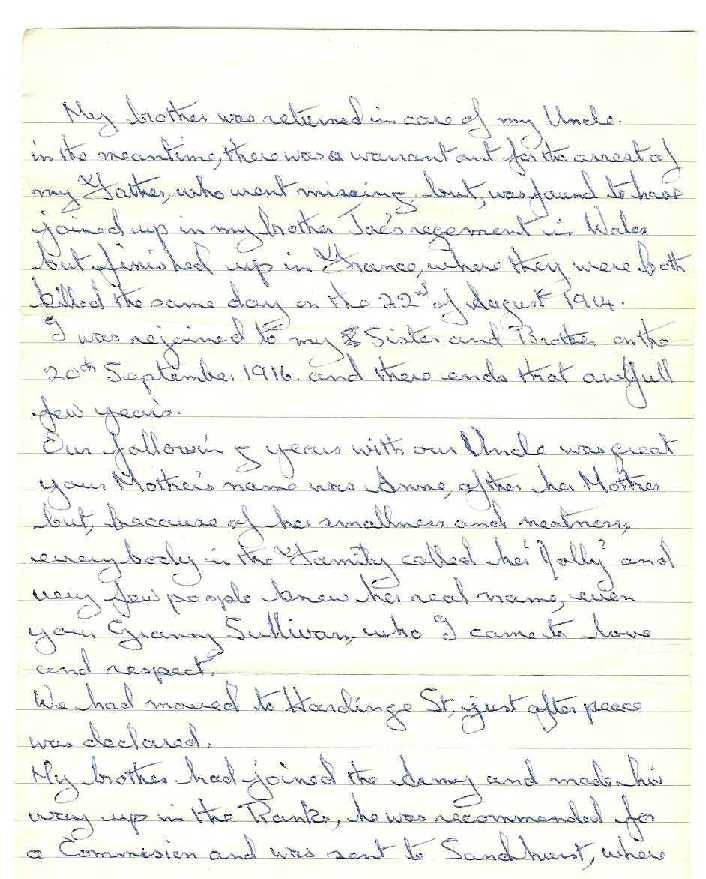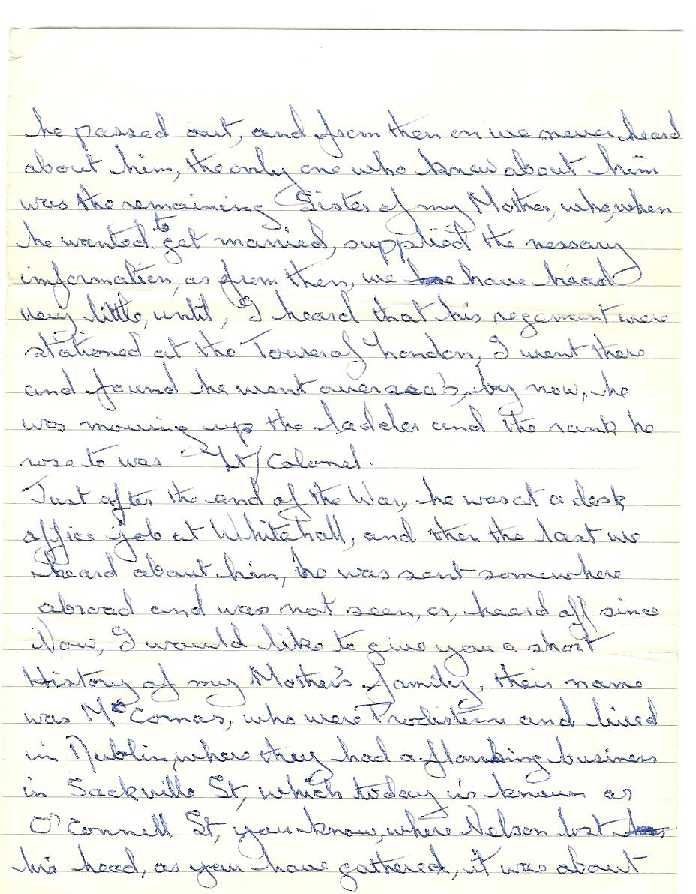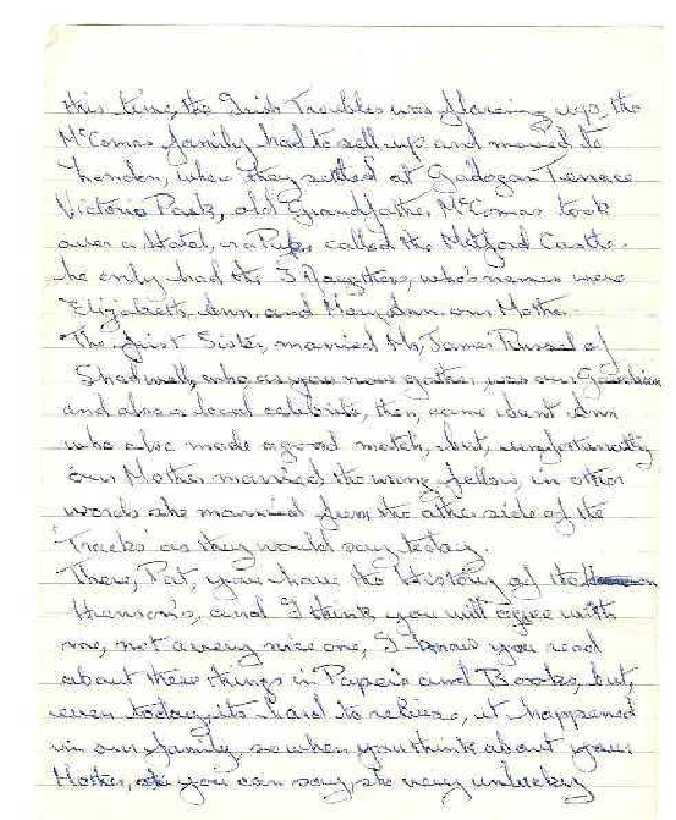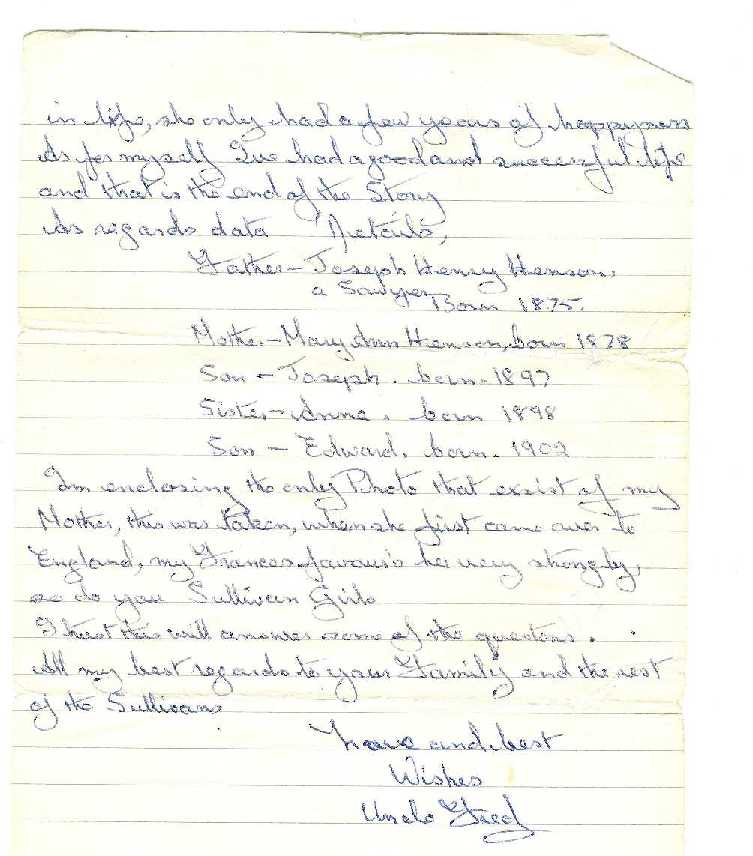Tags
My great grandfather was Edward Blyth – a real old English name rediscovered in our family in my grandson Edward (or Ted as he’s known in the family) Sullivan. [I have to admit his name was chosen in honour of my daughter-in-law’s maiden surname, Edwards, however].
It’s one of the few surviving and popular names known to have been in England before the Normans – think of Edward the Confessor – in fact, his great great grandfather was King Edward the Elder – and they were surrounded by Aethelreds, Aethelwolds, Cenwulfs and other names no longer used.
Our own Edward the Elder was born on 16th March 1841 in Gressenhall, Norfolk, the seventh child and fourth son of Thomas and Elizabeth – see ‘Thomas Blyth’. Parish records show he was baptised at Gressenhall on 25th April, his father recorded as ‘husbandman’, while the 1841 census, taken when Edward was 2 months old, merely describe Thomas as ‘ag.lab.’ – agricultural labourer. My guess is that Thomas himself provided the information for the baptism record and was proud of the fact that he had progressed from general labour to being responsible for the farm animals – horses perhaps? He would, as noted elsewhere, go on to become a farmer of his own lands.
1841 census showing Edward at 2 months: note, Elizabeth Susanna had died in 1839 and the eldest son William does not appear – he seems to have been in school in Norwich, as there is a William Blyth recorded there of the correct age.
At the age of ten Edward appears on the 1851 census – the family have by now moved to their own farm (probably as tenants) on Badley Moor just outside Yaxham, Norfolk. Although his younger brother Robert is recorded as a ‘scholar’ and his elder brother John as working on the farm, there is no indication on the census of Edward’s occupation – was he still at school or had he begun his apprenticeship in the farming life he would later lead?
On 22nd May 1866 Edward married Susan Sarah Ann Allen in Thuxton, where her family lived. Edward seems to have started married life working on his father-in-law’s farm: the 1871 census shows him living next door to the elderly John and Susan Allen with his wife Susan who is recorded as a dressmaker, and their eldest two sons, Frederick (my grandfather) and Charles.
However, by the following year the family had moved: daughter Mary Elizabeth was baptised at Thuxton Church but the record shows the Blyth family now living in Wacton near Long Stratton, and this is confirmed by the baptisms of the next two children, Charlotte and Christiana (who sadly died very young) and the 1881 census which shows Edward as an agricultural labourer living beside Wacton Common.
As the post on Thomas Blyth notes, it is likely that Edward and his brother Robert inherited their father’s estate on his death in 1886: certainly there was an upturn in his fortunes as the 1891 census finds Edward a farmer in his own right on Cargate Common Road in Tibenham. By this time the youngest child had appeared: Jesse, then aged 8. Frederick and Charles, aged 23 and 21 respectively, were working on the farm while Charlotte was a domestic servant. Mary Elizabeth – usually known as Bessie – does not appear with the family on this census and I am assuming she was in service somewhere but so far have not traced her.
In 1901 she had returned to her birth family however, and Edward was still farming in Tibenham, supported by Frederick, with Bessie and Charlotte living and presumably helping their mother at home along with Jesse who was working as a carpenter.
Charles had married in 1896 and was farming on his own account in Winfarthing by this time, with his wife Annie and their two small daughters Florence and Ethel. Bessie married Bertie Smith in 1903 and they had two sons, Allan and Kenneth: the latter followed his father into the butchering trade while Allan trained as a motor engineer. It took a few years of research to piece together the positioning in the family of two people, one of whom I knew well and the other heard many tales about: ‘Auntie’ Florrie Everett lived in Dickleburgh just down the road from us when I was a little girl with her husband, son and daughter (both older than me) and I called her aunt in the same way most adult friends of the family were given such titles from respect. At some point I remember hearing references to Florrie being related to us in some way – it was not until I looked at Charles Blyth’s family that I realised Auntie Florrie was his eldest daughter Florence, and thus my father’s first cousin.
Dad did however talk a lot about his cousin Allan with whom he took many holidays before marrying. Allan had a car before most people, and the two men took road trips around England, fashioning a tent arrangement by draping a tarpaulin over poles which they attached to the side of the car. Dad also remembered his ‘Aunt Bessie’ and ‘Aunt Charlotte’ with evident affection – it is only since Dad’s death that I have really appreciated not only the reason why Allan as a trained mechanic was trusted to drive his car across the country, but the comfort Dad must have drawn from the maternal care of his aunts having lost his own mother when he was eleven.
The other family member Dad talked about often was Jesse, who sadly died aged only 30, eleven years before Dad was born: after his father’s death Jesse is recorded in 1911 as a butcher in Tibenham: I wonder whether symptoms of the TB that killed him had manifested themselves and the change of place and job reflected the hope that a less dusty environment might help his condition? His probate record indicates his money was divided between his two sisters Bessie and Charlotte, but my grandfather Frederick must have been given or acquired the tools of Jesse’s trade as a carpenter, for the collection was passed on to my dad, who treasured them. I believe they have now passed to my brother.
Edward died, aged 65, on 19th June 1907 and was buried at St Mary’s Church Gissing, where the family had moved to, on 25th June. His death certificate records him as a farmer in Gissing, without specifying the address. However, my grandfather has helpfully recorded his own address on the 1911 census form as Marler’s Farm, Gissing, so it is more than likely he took over this farm from Edward after the latter’s death.
Edward’s wife Susan – or Susannah – died on 30th September 1908 and was buried next to her husband in Gissing churchyard on 5th October.

